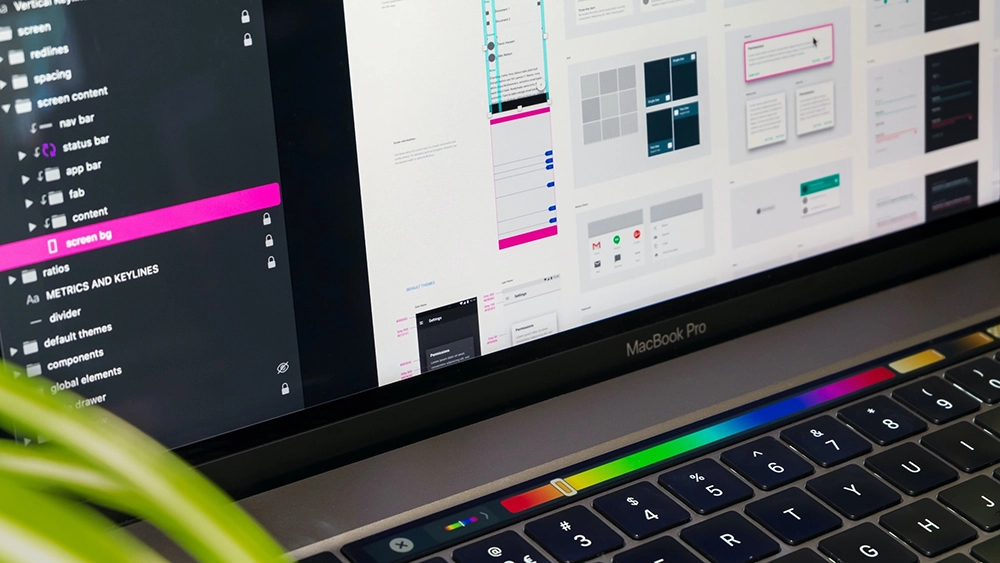User interface (UI) and user experience (UX) are critical components of any successful software product, especially in today’s digital age where the competition is fierce and users have high expectations. UI refers to the visual and interactive design of a product, while UX encompasses the overall experience a user has when interacting with a product. Together, they play a vital role in the success of a product, and businesses that prioritize UI and UX in their design and development process are more likely to attract and retain customers.
Evolution of UIUX as a part of professional software production
UI and UX have come a long way from the early days of computing when technology was still in its infancy. In the early 1980s, when graphical user interfaces (GUIs) first emerged, UI was primarily focused on making technology accessible to the masses. The goal was to create interfaces that were easy to use, even for those without technical backgrounds.
As technology progressed, so did UI and UX. Today, UI and UX are highly specialized fields that require a deep understanding of human behavior and cognitive psychology. Designers and developers must consider a wide range of factors, such as user preferences, context of use, accessibility, and branding, in order to create an optimal experience for the end user.
Importance of exemplary UIUX
The importance of exemplary UI and UX cannot be overstated. In today's highly competitive market, users expect software products to not only be functional, but also visually appealing, easy to use, and highly responsive. A well-designed UI and UX can help businesses improve customer satisfaction, increase brand loyalty, and ultimately drive revenue growth.
One of the most important aspects of UI and UX is the ability to create an emotional connection with the user. This is where the importance of branding comes into play. A strong brand can help businesses create an emotional connection with users, which can lead to increased customer loyalty and higher retention rates.
Case studies
There are many examples of companies that have successfully leveraged good UI and UX design to improve their customer base. One such example is Airbnb, the popular online marketplace for booking unique accommodations. Airbnb's success can be largely attributed to its seamless and intuitive user interface, which allows users to easily search for and book their desired accommodations. The company's focus on user experience has helped it to become a leader in the travel industry, with a user base of over 150 million.
Another example is Uber, the ride-sharing platform that has revolutionized the transportation industry. Uber's success can be largely attributed to its focus on user experience, which has made it easier and more convenient for users to find and book rides. The company's user-friendly interface has helped it to become the dominant player in the ride-sharing market, with a valuation of over $80 billion.
Conclusion
In conclusion, UI and UX are critical components of modern software products, and businesses that prioritize them in their design and development process are more likely to succeed. The evolution of UI and UX as a part of professional software production has led to a deep understanding of user behavior and cognitive psychology, which has enabled designers and developers to create highly effective and engaging interfaces. Through case studies like Airbnb and Uber, we can see how good UI and UX design can lead to increased customer satisfaction, loyalty, and revenue growth.

